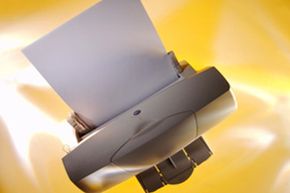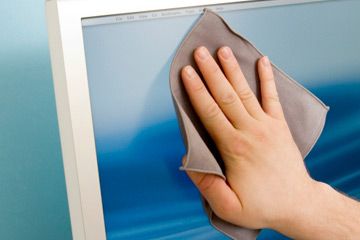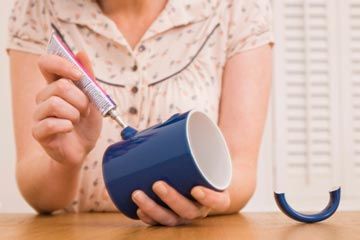You probably don't spend a lot of time worrying about printer maintenance. When you need to print something, you just turn the printer on, send the print command from your computer and wait for the printed sheets to stack up on the printer's tray. Maybe you wipe the dust off the top of your printer once in a while, but beyond that, how much maintenance can a printer possibly require?
Depending on what type of printer you have, there may not be too much printer cleaning involved at all -- in fact, the printer will pretty much take care of that itself. But if you use an inkjet or laser printer, you might need to undertake some fairly involved cleaning procedures now and then to keep your printer running smoothly. From the microscopic ink nozzles in an inkjet printer to the mirror and rollers in a laser printer, there are some complicated parts that need occasional maintenance.
Advertisement
Cleaning your printer when needed will prolong its life, give you better printing results, and allow you to get the maximum number of printed pages out of your ink cartridges. Considering the cost of printer ink, keeping your printer running at full efficiency could be a major money saver. That's why we're going to break down why, when and how to clean your printer.



